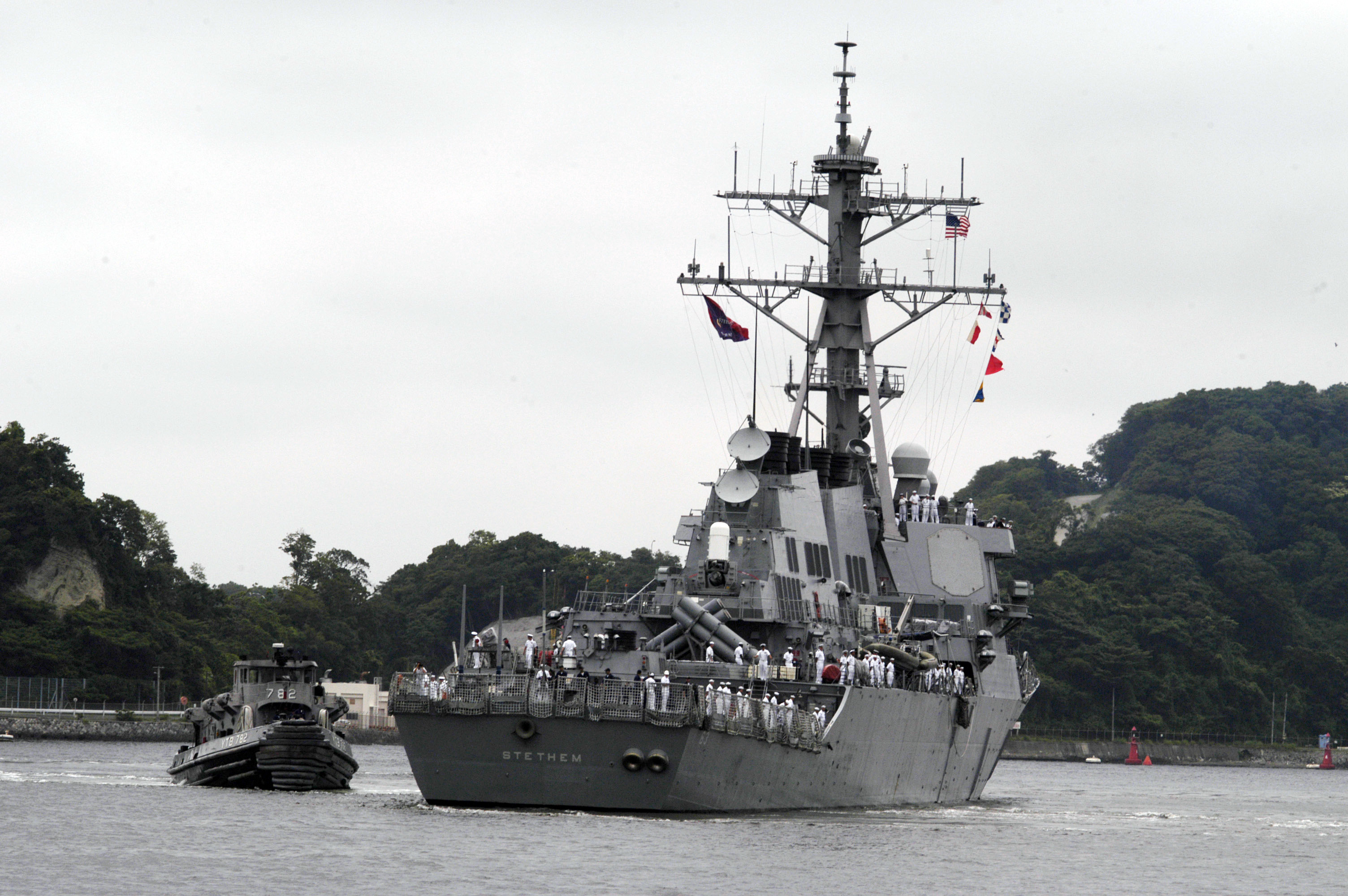By Nirmal Ghosh


Construction is shown on Fiery Cross Reef, in the Spratly Islands, the disputed South China Sea in this June 16, 2017 satellite image released by CSIS Asia Maritime Transparency Initiative at the Center for Strategic and International Studies.
WASHINGTON -- The US Pacific Command has for the first time developed a schedule for naval patrols in the South China Sea, with freedom of navigation operations (FONOPS) two or three times over the next few months, a report said on Friday (Sept 1), quoting unnamed US officials.
This would mark a considered approach to FONOPS in the disputed South China Sea, the Wall Street Journal reported.
China claims the maritime zone virtually in its entirety, but Vietnam, Malaysia, Brunei and the Philippines also have claims there.
China has called previous FONOPS by the US provocative.
China has called previous FONOPS by the US provocative.
There have been three so far under President Donald Trump, and four under the previous Barack Obama administration.
China reacted sharply to a US patrol on July 2, when the American destroyer USS Stethem passed within 12 nautical miles of Triton Island in the Paracels chain.
China reacted sharply to a US patrol on July 2, when the American destroyer USS Stethem passed within 12 nautical miles of Triton Island in the Paracels chain.

The destroyer had “trespassed” China’s territorial waters, China’s Foreign Ministry said in a statement.
But Admiral Harry Harris, chief of the US Pacific Command, has publicly favoured more FONOPS.
The last such operation was conducted on Aug 10 near Mischief Reef, one of several features in the Spratlys chain that had been fortified by China.
The last such operation was conducted on Aug 10 near Mischief Reef, one of several features in the Spratlys chain that had been fortified by China.
In that operation, the destroyer USS John McCain was accompanied by two P-8 Poseidon maritime reconnaissance aircraft, officials told the Wall Street Journal, adding that air support may be a regular feature of future FONOPS.
Notwithstanding an apparently warm start to the personal relationship between President Trump and Xi Jinping, China and the US are still feeling their way in a relationship which under Mr Trump, has become prickly over the issue of trade and North Korea.
The US wants to cut its trade deficit with China, and also wants Beijing to lean on North Korea to pressure the Pyongyang regime to curb its nuclear and missile programmes – and Mr Trump has linked the two issues.
Meanwhile on Thursday, Vietnam objected to Chinese drills in the Gulf of Tonkin, just north of the South China Sea.
Notwithstanding an apparently warm start to the personal relationship between President Trump and Xi Jinping, China and the US are still feeling their way in a relationship which under Mr Trump, has become prickly over the issue of trade and North Korea.
The US wants to cut its trade deficit with China, and also wants Beijing to lean on North Korea to pressure the Pyongyang regime to curb its nuclear and missile programmes – and Mr Trump has linked the two issues.
Meanwhile on Thursday, Vietnam objected to Chinese drills in the Gulf of Tonkin, just north of the South China Sea.
In a statement, Foreign Ministry spokesman Le Thi Thu Hang said “Vietnam proposes China to cease and refrain from repeating acts that complicate the situation in the East Sea (South China Sea).”
In July, China had pressured Hanoi to suspend oil drilling in waters also claimed by China.
Aucun commentaire:
Enregistrer un commentaire